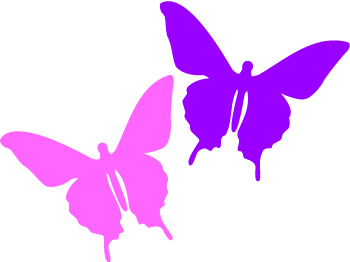top of page
Butterfly populations are a very good indicator of the health of an area's ecosystem !!
Polyura nepenthes are found within a corridor stretching from Myanmar in the west to Thailand, Laos, and northern Vietnam to southern China in the east.
Their preferred habitat is around streams within and on the edge of moist evergreen and deciduous forests, usually in hilly areas.
They fly for most of the year, depending on location, but there are may be only three or four generations, as the lifecycle between the egg and the emergence of a new adult is quite long.
There appears not to be any seasonal variation in the appearance of this species.
Although both sexes appear similar, the female is generally slightly larger than the male.
The only other difference is that the abdomen of the male is totally white while that of the female is white on top and black or brown underneath.
* There appears not to be any seasonal variation in the appearance of this species.
They are strong fliers and spend much of their time flying around in the tree tops, and usually have a favorite resting spot that they return to time and again.
The males are highly territorial and will fight off any other male that encroaches on their territory. They only come down to feed, and, like other Charaxinae species, do not usually visit flowers, preferring instead to feed on animal dung, rotting fruit, and plant sap. (They seem to be particularly fond of the sap).
The males also avidly puddle for minerals on damp ground, seepages, and stream banks.
When they roost, they usually close their wings, and only rarely open them to bask.
Dry weather is favorable for finding Shan Nawab, especially after rain when they may emerge to feed and mate.
Mild winds are also suitable, but strong winds can limit butterfly activity.
Potential predators are insectivorous birds, arachnids, small mammals and reptiles.
Their life spans are about 12 months.

Diet: caterpillars eat leaves of host plants such as the Camel's Foot tree (bauhinia sp.), Kanavu (piliostigma malabaricum), Kumbhi (careya arborea), and Rose Myrtle (rhodomyrtus tomentosa)
Diet: Adults take nectar from flowers, honeydew excreted by aphids, juice from rotting fruits, minerals from puddling in damp soils and nectar from Clerodendrum species plants.
Avg.Wingspan: 7 – 8 cm
Family: Nymphalidae
Caterpillar & chrysalis images
The single biggest threat to butterfly survival is habitat destruction!!

bottom of page



